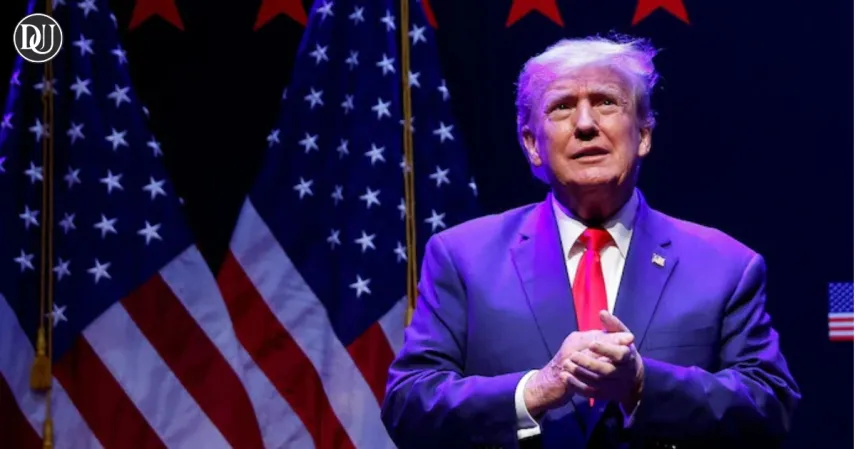In a move that caught many off guard, former President Donald Trump announced a 90-day pause on new tariffs for most countries. For businesses and everyday people alike, this means a temporary sigh of relief — especially for those who've been worried about rising prices or strained international ties.
This break is a chance for countries to come back to the table and talk. It’s a bit like taking a timeout in a heated game, letting everyone cool down and reconsider their next move.
But for China, Pressure Intensifies
While most countries got a break, China felt the heat turned up. The U.S. slapped a sharp increase in tariffs on Chinese imports — raising them all the way to 125%. That’s not a small nudge; it’s a firm push, signaling that the U.S. is serious about changing the rules of the game.
Why the difference? It seems to come down to frustration — years of trade imbalances, ongoing tensions, and a desire to finally see some changes from one of the world’s biggest economies.
What This Means for All of Us
If you’re wondering how this all affects you — the answer is, quite a bit. These decisions impact prices on everyday goods, jobs connected to international trade, and even how confident people feel about the economy.
Interestingly, after the announcement, the stock market took a deep breath and bounced back. It’s like investors saw the pause as a light at the end of a long, tense tunnel.
But there’s still concern: What happens after 90 days? Will these temporary calm waters turn stormy again?
What’s Next?
BESSENT: “We have been overwhelmed by the response from most our allies who want to come and negotiate in good faith … China kept escalating and escalating and now they have 125% tariffs that will be effective immediately.” pic.twitter.com/DDrKoWXPKG
— Chief Nerd (@TheChiefNerd) April 9, 2025
These next few months are critical. Countries have a window to renegotiate, realign, and hopefully find common ground. For China and the U.S., though, the road looks rougher. The increased duties may lead to pushback or deeper standoffs, and only time will tell how both sides respond.
For now, this is a mix of hope and uncertainty. The pause is a good sign — it means people are willing to talk. But the pressure on China shows that, beneath the surface, the tension hasn’t gone anywhere.










